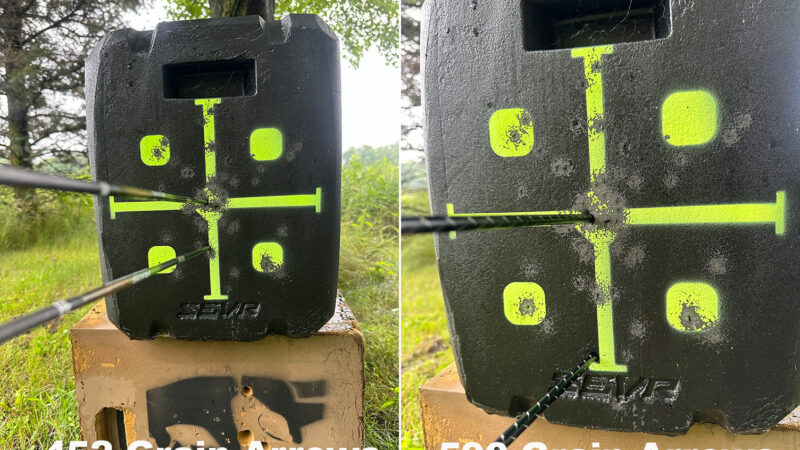Seeking Sun

A mountain lion kills an elk calf in a wooded area of Taos, New Mexico. It happens in a small clearing that leads to one million undeveloped acres of Carson National Forest. That clearing is Garrett Vene Klasen’s front yard and he has a front-row seat for the wildest feast he’s ever witnessed. There’s only one problem. He doesn’t have the right camera.
“The right camera would have made a huge difference,” says Garrett Vene Klasen, hunter and New Mexico Wild northern conservation director. “All I had was the camera on my doorbell, which is sad.”
The shots from that doorbell camera are low-grade grainy and the audio sounds stuffed with earwax. You can tell what’s going on as long as you’re in range of the home’s Wi-Fi, but the experience is lackluster due to poor resolution and limited capabilities. Bushnell eliminates all that let down with its remote trail camera, CelluCore 20 Solar.
“The biggest advantage is it’s real-time information relayed over cellular networks rather than range-limiting Wi-Fi,” says Jacob Thomason, Bushnell senior product manager.
Thomason lives in Mississippi, but he has trail cameras on hunting spots in four different states. He can check any of them at any time through the Bushnell app on his phone and he knows the batteries won’t die because the cams are solar-powered.
“I have some in Missouri that I haven’t checked in person for 18 months,” he says. “They run year round. They’re in a spot that has good sunlight so I just let them roll.”
Bushnell’s CelluCore 20 Solar trail camera comes with an adjustable solar panel. The included rechargeable battery provides enough juice for 70 high-resolution images per day in full sun on its own. The solar panel also extends battery life for the other 12 lithium AAs inside the unit providing more file capture capacity.
“In the Southeast, we have deer over bait so 70 images per day is about right,” Thomason says. “In Missouri and South Dakota, deer are not on bait. It’s a water tank and I might get 20 images a day. On a trail, 70 is plenty unless it’s a heavily used trail.”
In addition to photos, rely on the unmanned solar cam for HD video with sound plus consistently clear shots at night with a range of 80 feet. As for cellular coverage, the device connects to AT&T and Verizon giving you real-time access on your phone while also allowing you to review images and change camera settings remotely.
“Remote trail cams use more batteries than conventional trail cams,” Thomason says. “Solar is great because it maintains battery a lot longer and you don’t have to go to the camera to get data.”
As for the October cougar-elk saga in Taos, Vene Klasen wished for a reliable, remote trail cam when he was away and watched the scene from his front room window whenever he was home. That 150-pound elk calf turned into meals for not only the cougar but also bear, bobcat, and birds. The carcass shrunk to a pile of bones in three days. Three days that would have been captured with brilliance by the right camera.
“Trail cameras have evolved so much and you just never know when an opportunity is going to present itself,” Vene Klasen says. “Like when there’s this really big bull or buck that shows up or a mountain lion taking down a kill in your front yard. I’m sad I didn’t have a cool camera for that. Think about how much better it would have been.”
The post Seeking Sun appeared first on Outdoor Life.
Articles may contain affiliate links which enable us to share in the revenue of any purchases made.
Source: https://www.outdoorlife.com/sponsored-content/seeking-sun/





